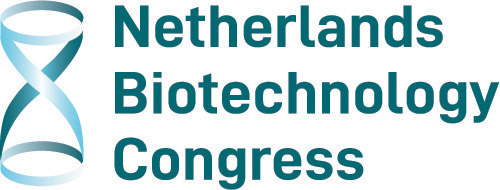The use of CRISPR/Cas9 marker free genome editing for functional analysis of gene families in filamentous fungi
Tim M. van Leeuwe [1], Mark Arentshorst [1], Tim Ernst [1], Ebru Alazi [1, 2], Peter J. Punt [1, 2] and Arthur F.J. Ram (a.f.j.ram@biology.leidenuniv.nl) [1]
[1] Leiden University, Institute of Biology Leiden, Molecular Microbiology and Biotechnology, Sylviusweg 72, 2333 BE Leiden, The Netherlands, [2] Dutch DNA Biotech, Hugo R. Kruytgebouw 4-Noord, Padualaan 8, 3584 CH Utrecht, The Netherlands
The era of CRISPR/Cas9 mediated genome editing has both expedited the way of obtaining knockouts and producing gene alterations in recent years for filamentous fungi. These developments have especially opened up possibilities to study the function of possibly redundant gene families by constructing mutants with multiple genes deleted in a single strain. Such possible redundant gene families are often found in cell wall synthesis related functions, including a seven-membered gene family of crh-genes encoding putative glucan-chitin crosslinking enzymes. Here, we present a CRISPR/Cas9 system for Aspergillus niger using a non-integrative selection plasmid, harboring both Cas9 and a gRNA construct. In combination with selection marker free, knockout-repair DNA, a set of single knockout strains were obtained through homology directed repair (HDR) with 93% efficiency. Cas9-gRNA plasmids could effectively be lost by removing selection media, allowing the use of the same selection marker in successive transformations. Moreover, we show that both two or three separate Cas9-gRNA-plasmid-knockout-repair-DNA combinations can be used in a single transformation to obtain either double or triple knockouts with 89% and 38% efficiency, respectively. By employing this technique, a seven-membered gene family knockout strain was acquired in a few rounds of transformation and is favorable over integrative selection marker-based transformations. In conclusion, we present an efficient CRISPR-Cas9-based, (integrative) selection marker-free system suitable for creating multiple gene deletions in a fast and reliable way.

